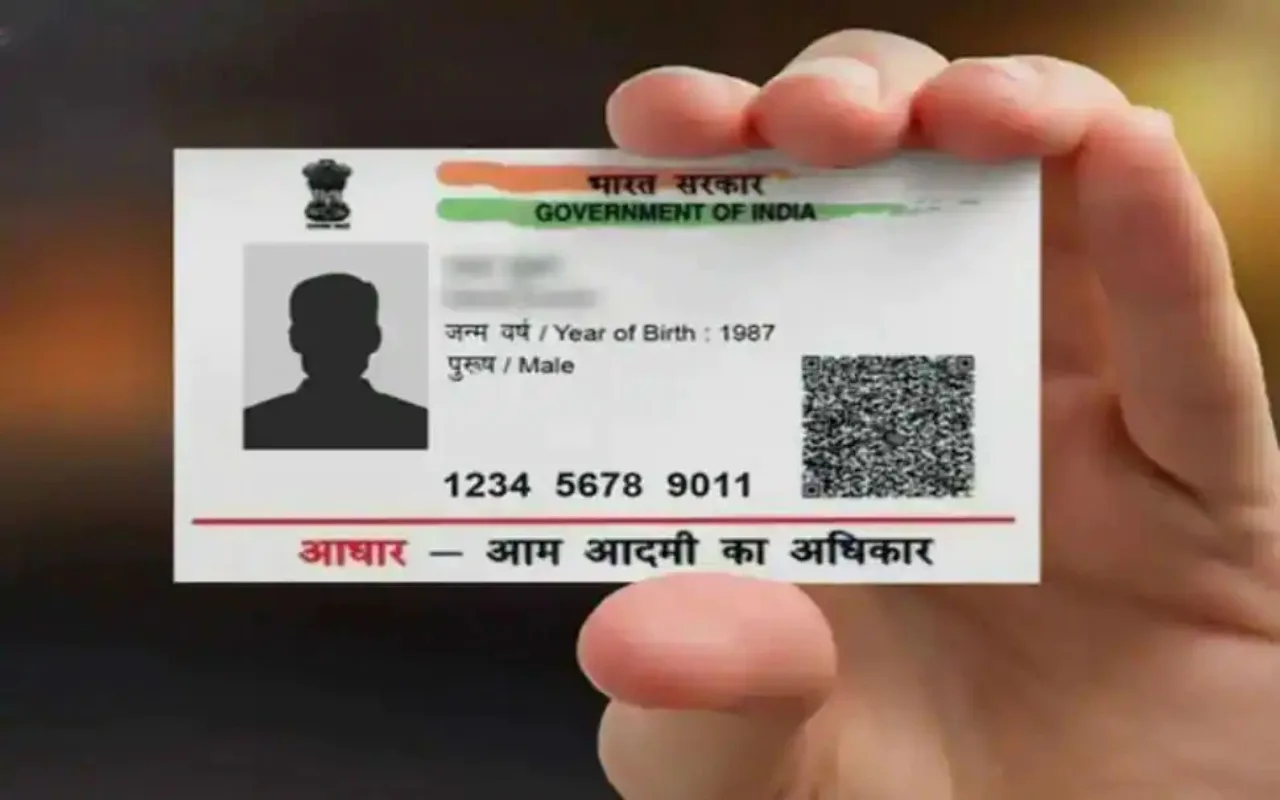The Aadhaar card, a pillar of India’s digital identity framework, holds a lot of weight. It acts as your one-stop ID for everything from filing taxes to opening bank accounts. But life throws curveballs, and sometimes your details change – maybe you move houses or get married. This begs the question: how often can you update your Aadhaar card? Buckle up, because the answer depends on the specific detail you want to change.
Understanding the Update Limits: A Breakdown
The good news is that Aadhaar updates are possible! However, the number of updates allowed varies depending on the information you’re modifying. Here’s a breakdown of the current update limits:
- Name: This one needs a bit more caution. You can update your name on your Aadhaar card twice through the standard update process. But if you need to update it a third time, you’ll need to follow a special “exception handling” procedure. This involves visiting an Aadhaar Enrolment/Update Centre (EEC) and then approaching the concerned Regional Office of UIDAI for approval.
- Date of Birth: Similar to your name, updating your date of birth on your Aadhaar is allowed only once through the regular process. If you have a genuine reason to update it again, you’ll need to follow the “exception handling” procedure mentioned above.
- Address: This is where things get a little more flexible. You can update your address on your Aadhaar card any number of times as long as you have valid proof of address for the new location. This makes perfect sense, considering addresses can change more frequently than your name or date of birth.
- Gender: Updating your gender on your Aadhaar card is allowed twice. However, the second update falls under the “exception handling” process similar to name and date of birth. You’ll need to visit an EEC and then approach the concerned Regional Office for approval.
- Biometrics (Fingerprints, Iris Scan, Photograph): These biometric details are unique identifiers and typically don’t require updates. However, in rare cases, if you have issues with fingerprint recognition or your photograph is outdated, you can update them by visiting an EEC.
Important Note: The “exception handling” process usually involves submitting additional documents as proof for the changes you require. It’s best to check the UIDAI website (https://uidai.gov.in/) for the latest guidelines and required documents for these exceptional updates.
Why Update Limits Exist?
These update limits are in place to maintain the integrity and security of the Aadhaar system. Limiting frequent name, date of birth, and gender updates helps prevent misuse and ensures the accuracy of your unique identifier. However, the flexibility with address updates acknowledges the dynamic nature of life and allows you to keep your Aadhaar current with your changing location.
Keeping Your Aadhaar Updated: A Smart Choice
Remember, an outdated Aadhaar can lead to delays or even rejection of services that rely on Aadhaar verification. So, staying informed about your update limits and keeping your details current is a smart move. By following the proper procedures and understanding the limitations, you can ensure your Aadhaar continues to serve you seamlessly.
















